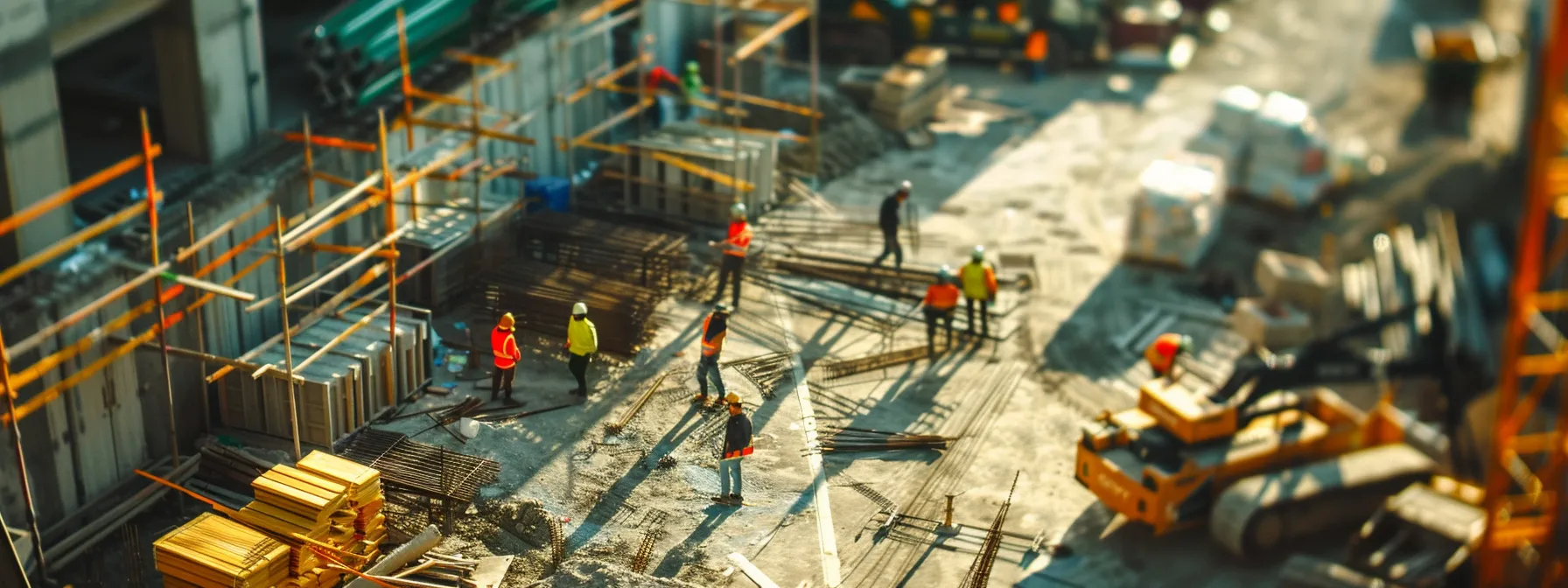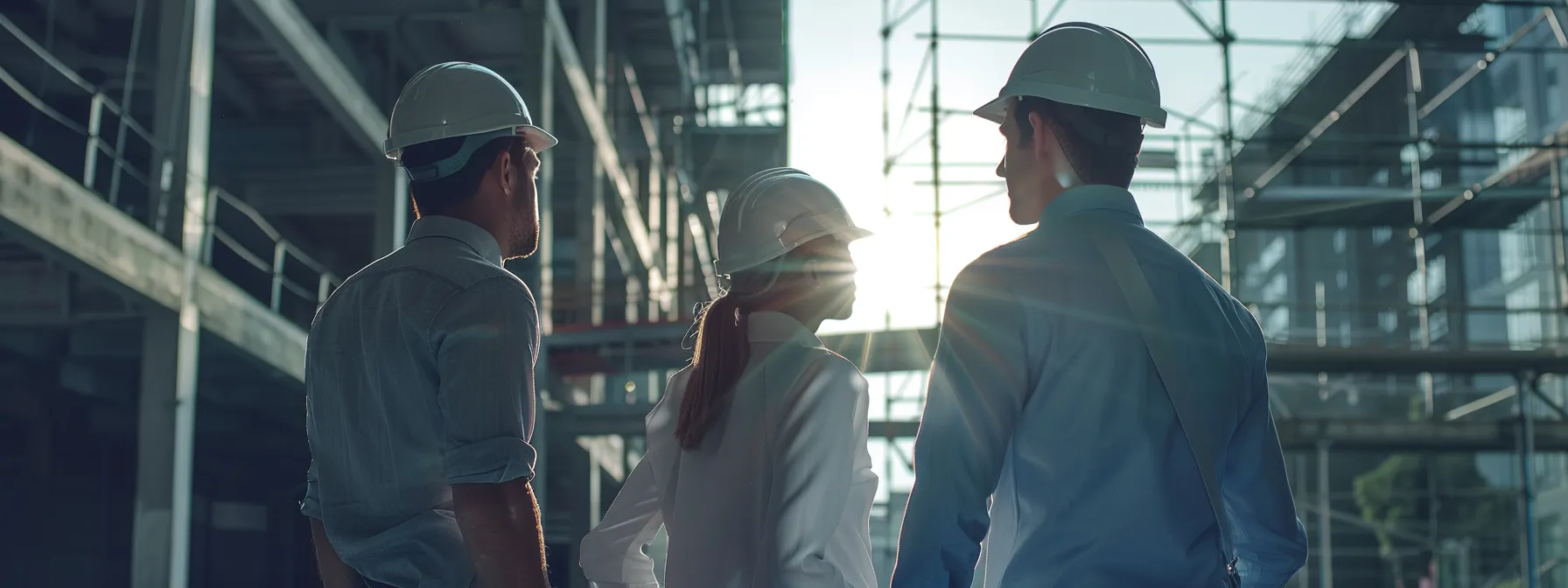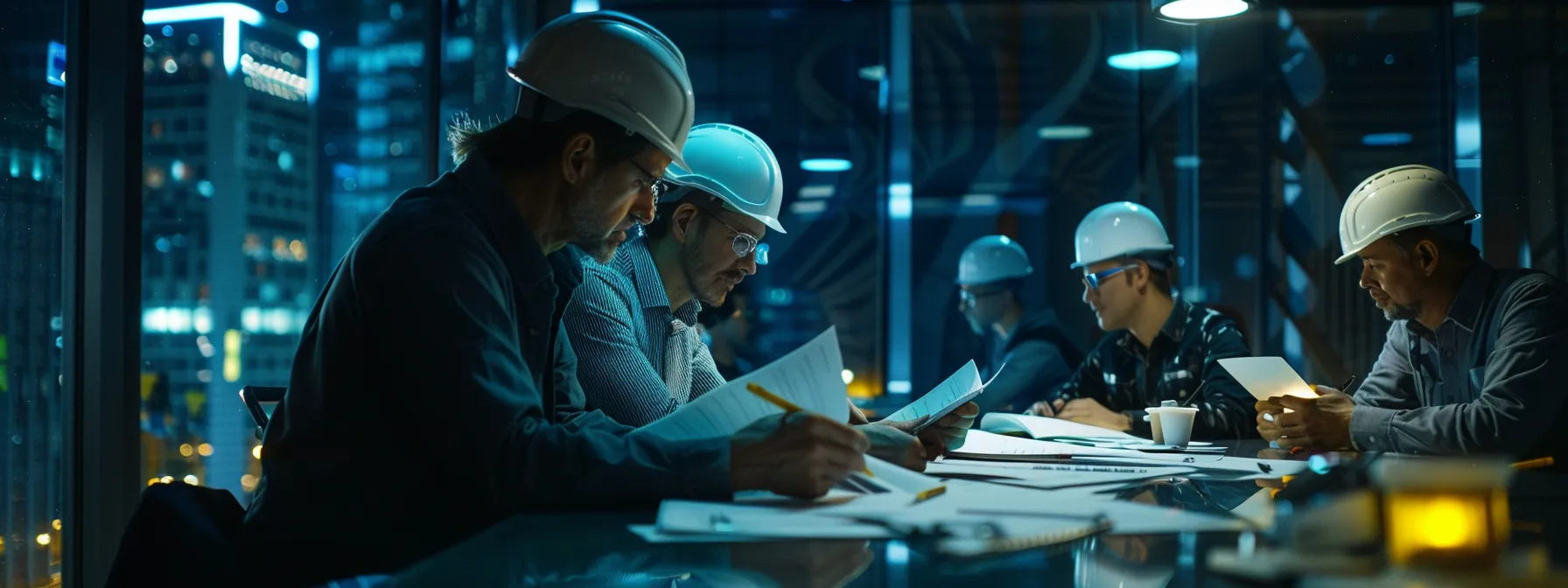Welcome to a comprehensive guide on the tools and resources vital for commercial property construction. The success of a commercial construction project hinges on meticulous planning, coordination, and execution. Access to the best tools and resources can streamline processes, ensure safety, and guarantee the delivery of a high-quality final product. Keep reading to discover the essential elements that will help bring your commercial construction project to successful completion.
Key Construction Materials and Resource Suppliers

The foundation of any civil structure is reliant on the quality of materials used. Identifying reliable suppliers is a critical task for contractors and developers. Trusted suppliers not only provide quality materials but also ensure consistency in supply to meet the demands of a stringent construction schedule.
For instance, companies specializing in commercial roofing must source from suppliers who provide materials that meet industry standards and suit the specific climatic conditions of the area. This ensures the longevity and durability of the roofing system, a crucial component of a commercial building.
In the context of mechanical services, companies like Dan’s Heating & Air in Lexington, SC, provide the expertise and high-quality HVAC systems necessary for commercial spaces. Having the support of knowledgeable professionals who can ensure the proper installation and maintenance of these systems is paramount.
Advanced Building Information Modeling (BIM) Tools

BIM is revolutionizing the construction industry. These advanced tools allow for the creation of digital representations of the physical and functional characteristics of a facility. BIM software facilitates a more collaborative approach to design and construction, enabling teams to visualize the project in 3D before breaking ground.
By adopting BIM tools, errors can be detected early in the design phase, significantly reducing costs linked to design flaws and alterations. This leads to a more streamlined construction process and can contribute to a shorter project timeline. BIM also integrates with other technologies, such as virtual reality, to enhance understanding and stakeholder buy-in.
The sustainability of construction projects is another area where BIM tools are making an impact. By analyzing materials, energy use, and other sustainability metrics, BIM can help create greener buildings. Clients looking for eco-friendly solutions can see tangible benefits from using BIM in their projects.
Innovative Construction Equipment for Efficiency and Safety

When it comes to construction equipment, innovation often equates to enhanced efficiency and increased safety. From automated machinery that can work tirelessly, to advanced safety gear that can protect workers, the equipment used can significantly influence a project’s timeline and the well-being of the workforce.
Drones, for instance, have become a game-changer in surveying construction sites. They provide real-time data and imagery, giving project managers an eagle-eye view of the entire project. Similarly, wearable technology is monitoring the health and safety of on-site workers, helping to avoid accidents and improve response times in case of emergency.
The advent of electric and hybrid construction vehicles also contributes to environmentally friendly project sites with reduced emissions and noise pollution. These vehicles can be just as powerful as their traditional counterparts but come with the added benefit of sustainability.
Navigating Legal and Compliance Resources in Commercial Construction

An understanding of the legal landscape is as critical as the physical tools used in construction. Legal and compliance resources are there to guide businesses through the complex web of building codes, permits, inspections, and regulations that govern the industry.
Companies must stay current with local, state, and federal regulations to prevent costly violations. Access to legal experts specializing in construction law can be an invaluable resource for navigating disputes, contract negotiations, and compliance issues.
Compliance affects all aspects of construction, from environmental impact assessments and zoning laws to employment regulations and safety standards. Ensuring that all aspects of a project are compliant not only reinforces the law but also builds reputations for reliability and integrity.
Overall, the construction industry is evolving, and success now requires more than just bricks and mortar. Efficiency, safety, and innovation are at the forefront, demanding the use of sophisticated tools and resources. By leveraging the right mix of software, BIM, quality supplies, innovative equipment, and staying ahead of legal compliance, the path toward building the commercial properties of tomorrow becomes clearer and more attainable.













